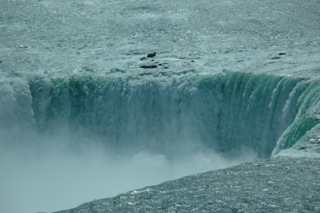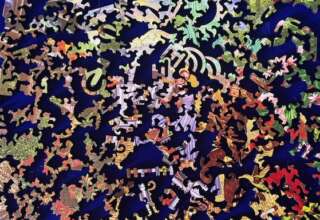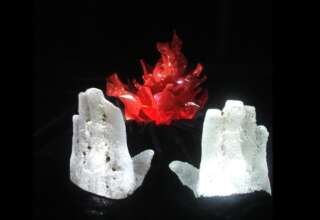
The Chalice and the Blade
More than twenty five years ago, a remarkable book called The Chalice and the Blade was published, the author being Riane Eisler. (Eisler, 1987) She described two powerful forces operating in the world. One of these forces (the blade) is focused on competition and domination, the other force (the chalice) is focused on collaboration and containment (the chalice). The blade is designed for control and, if necessary, wounding, while the chalice is designed for holding, supporting and nurturing. Fifteen years later we can still see both forces operating in our country and in our world. I propose that collective intelligence requires a whole lot of chalices and fewer swords. The issue, however, goes even deeper than this. While collective intelligence requires collaboration and support—the world of chalices—it also requires a thoughtful analysis of a “false” and often form of collaboration known as collusion.
Much of the power of the sword comes not from the actual use of the sword, but rather from the threat of its use and the collusion that occurs among leaders and followers to ensure that the sword remains dominant as a threat and as the primary instrument for resolution of differences. We might be finding a shift in the power of the sword, relative to the contributions being made by the chalice—and this shift could be related to a decline in the power of collusion in many groups and organizations. A recently-published book entitled, The End of Power , by Moisés Naim (2013), speaks to the decline in formal (and informal) authority throughout the world. On the one hand, this can be considered a good thing: people throughout the world are beginning to exert some of their own authority and wrestling power away from the traditional power-brokers. This could provide a strong foundation for expanded collaboration and increases in collective intelligence. On the other hand, this shift can be considered a bad thing: we are thrown into chaos and uncertainty. Will new sources of authority and power emerge from chaos (as it did in Germany following World War I) that are even less thoughtful and humane than the authority and power that recently reigned supreme in the nations, corporations and even religious institutions around the world?
There is another way to frame this shift in power that Naim has identified. If formal power is dropping off, then perhaps there is greater opportunity for cooperation and for the emergence of an enlightened collective intelligence. Perhaps the blade has been placed back in its scabbard or at least is not as sharp or threatening as it once was. On the other hand, what might be going on now is the collapse of long-standing collusive arrangements between the powerful and powerless, between the leaders and followers. This collusion has served as the “glue” in many human systems. It keeps the conflict going. I am reminded of the poignant scene in the movie, Robin and Marian, when an aging Robin (played by Sean Connery) is doing final battle with the Sheriff of Nottingham (played by Robert Shaw). Neither man has the strength any more to lift up the heavy (and rusted) swords. They swing vainly at one another and enact an old ritual. After the battle is concluded (and Robin wins in essence by default), Marion (played by Audrey Hepburn) tends to Robin’s wounds. Robin is ecstatic have found victory one more time.









